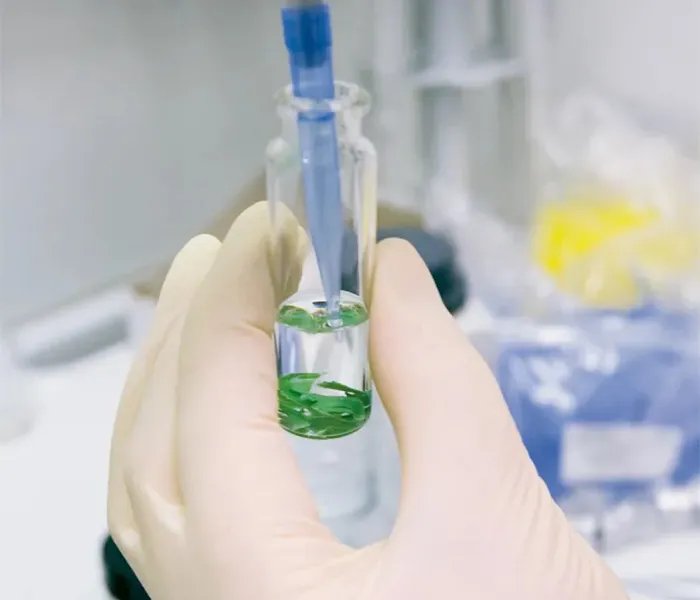p-Hydroxybenzaldehyde is a compound with a wide range of applications. Its chemical structure and properties make it widely researched and used in medicine, cosmetics, dyes and other fields.
First, let’s understand the chemical structure of p-hydroxybenzaldehyde. Its molecular formula is C7H6O2, in which one hydroxyl group (OH) is connected to the benzene ring, and the other functional group is an aldehyde group (CHO). This structure gives p-hydroxybenzaldehyde a series of special properties and reactions. It is a colorless crystalline solid, soluble in ethanol, ketones and ether solvents. This compound is easily oxidized and can undergo various reactions such as nucleophilic addition, reduction, condensation, and acylation.
There are many ways to synthesize p-hydroxybenzaldehyde. The most commonly used method is through the oxidation of p-hydroxybenzoic acid. In addition, it can also be prepared through the acylation reaction of p-hydroxyacetophenone. These methods are simple and feasible, have high yields, and are suitable for industrial production.
In medicine, p-hydroxybenzaldehyde has certain pharmacological activity and application potential. It is widely studied for use in pharmaceutical fields such as tumor treatment, antibacterial agents, and antioxidants. Studies have shown that p-hydroxybenzaldehyde can inhibit the proliferation and metastasis of tumor cells and has a certain bactericidal effect on some drug-resistant bacteria. Additionally, its antioxidant properties also make it an important natural antioxidant.
In cosmetics, p-hydroxybenzaldehyde’s antioxidant properties make it a common skin care ingredient. Because of its ability to neutralize free radicals and reduce cell damage, it is widely used in anti-aging and whitening products. In addition, p-hydroxybenzaldehyde can also be used as a flavoring agent and additive in cosmetics such as lipsticks, perfumes and sunscreens.
In addition to pharmaceuticals and cosmetics, p-hydroxybenzaldehyde has other applications. In the dye industry, it can be used as a precursor for organic synthetic dyes; in the plastics industry, it can be used to synthesize plastics with special smells. In addition, p-hydroxybenzaldehyde can also be used in food preservation, pesticide synthesis, liquid crystal display materials and optical devices.
It is worth noting that although p-hydroxybenzaldehyde has important applications in various fields, its toxicity and harmfulness also require attention. Large-dose or long-term exposure to p-hydroxybenzaldehyde may cause certain harm to human health. Therefore, safe operating procedures should be followed during use and the dosage and concentration should be controlled.
In short, p-hydroxybenzaldehyde is an important compound with rich application fields and potential scientific research value. By in-depth study of its chemical structure and properties, we can better explore its application potential in medicine, cosmetics and other fields, and contribute to the development of related industries.






